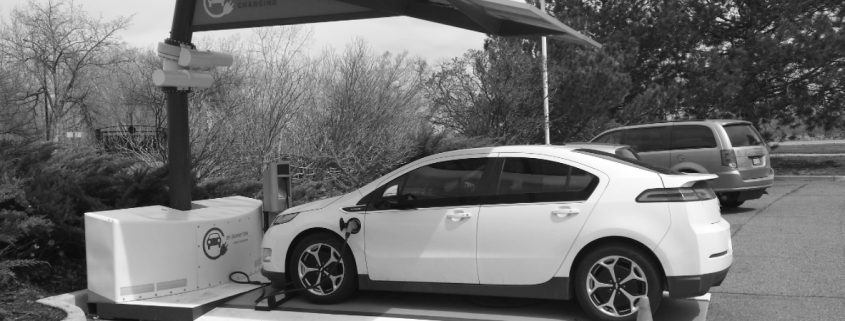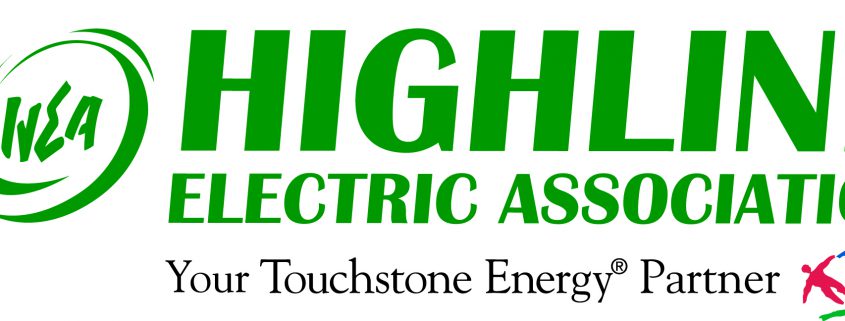How Net Metering Impacts Electric Cooperatives
By Paul Wesslund
One of the most controversial and least understood energy issues today is net metering.
At its most basic, net metering is a state law requiring utilities, including electric cooperatives, to purchase the excess electricity produced by consumers who have rooftop solar panels. But that’s where the simplicity ends.
States and electric utilities have established net metering programs to encourage clean energy generation. Nearly every state has some kind of net metering rule and they’re changing all the time. In the first nine months of 2018, states took more than 400 actions to change how they compensate small energy producers, according to the North Carolina Clean Energy Technology Center, which collects net metering information from around the country. Some of those actions strengthened net metering laws, others weakened them.
In Colorado, electric cooperatives’ net metering requirements are governed by state statutes and the Public Utilities Commission (PUC) interconnection standards. The statute requires all electric cooperatives to allow interconnection of a net metered generator of a renewable resource up to 10 kilowatts for residential accounts and 25 kW for nonresidential accounts, provided the installation complies with the interconnection standards adopted by the PUC.
Colorado co-ops may choose to have policies to allow installation of larger projects, but must interconnect at the 10 and 25kW minimum levels if the interconnection standards are met. If a cooperative denies an interconnection, the cooperative must provide the applicant with a written explanation for the denial.
Here are some additional explanations about net metering:
What is net metering?
Net metering is a way of measuring and valuing the electricity output of privately-owned solar panels. Net metering requires utilities, including electric cooperatives, to buy excess electricity back from consumers who have some way of generating electricity themselves. Net metering typically means that the consumer’s meter rolls forward when the consumer uses power and rolls backward when the consumer sends excess electricity back to the electric grid.
That excess electricity could be produced by solar panels, a windmill or a micro hydropower project. By far, the main source of this extra electricity comes from homeowners who installed solar panels on their property. Whenever their solar system generates more electricity than their home is using, under net metering, the electric utility must compensate the homeowner for the excess electricity.
The PUC interconnection standards are intended to protect the safety of the consumers, employees and owners of the net metered account by requiring approved equipment and availability on the circuit to be interconnected. Cooperatives may deny an interconnection if the equipment isn’t up to standards or if there is not sufficient available capacity on the circuit to accommodate additional net metered accounts.
How do electric utilities compensate consumers for the excess electricity?
Some net metering programs require the utility to buy back or credit the consumer’s bill for that electricity at the same retail rate the utility charges for selling electricity. Other programs allow the utility to credit the consumer at the wholesale cost, which is what the utility pays for power. Some utilities require that these consumers (with privately-owned generation) be metered separately. Under these net billing programs, the consumer receives a bill with the credit for the excess electricity subtracted from the total amount due.
All Colorado electric cooperatives are required to adopt policies to compensate net metered consumers for excess generation and to determine the annual “true up” date. However, there is no statutory formula for compensation. Therefore, each cooperative has discretion regarding the amount and timing of compensation for excess generation.
Is net metering new?
Net metering programs have been around nationally since 1983. Since then, 38 states and the District of Columbia put their policies and requirements into law. Additionally, states started passing other laws, such as renewable portfolio standards, that require electric utilities to have certain amounts of their power generated by renewable energy resources, to encourage solar, wind and other forms of alternative energy.
What makes net metering challenging?
The basic challenge with net metering is that sometimes the policies require electric utilities to pay high costs for what is often “low-value power.”
The reason it’s low-value power is you can’t count on it. There’s no solar energy at night and no electricity from wind during calm weather. Renewable energy advocates argue that net metering rates are a great way to support green power, but utilities say it’s not fair for them to have to buy electricity from a rooftop solar owner at a rate that covers round-the-clock service when that’s not what the homeowner is providing.
The results of that imbalance are where the net metering issue gets complicated. One result is that the economics of net metering create a subsidy for rooftop solar owners paid for by those who don’t have solar panels.
The cost difference between buying wholesale electricity at retail rates didn’t matter so much at first, but solar energy is booming, potentially reshaping the effect net metering could have on the energy industry. The number of rooftop solar installations grew 63 percent from 2012 to 2015, according to the National Rural Electric Cooperative Association. As a result of that kind of growth in potential net metering use, many states started rethinking their net metering rules.
Another result affects the ability of the utility to plan for its basic job of supplying reliable and affordable electricity. The engineers and accountants who run an electric utility that provides power 24/7 need to place a higher value on dependable electricity, like from a natural gas or coal power plant, than from several homeowners who may or may not be generating electricity when it’s needed.
Net metering payments also don’t cover the costs of setting up a billing system, paying taxes or any of the utility’s other fixed costs.
What alternatives are there to net metering?
Net metering programs that set the price at wholesale cost are more likely to ensure appropriate levels of compensation for both utilities and consumers who are generating electricity. Also, net billing programs provide a more equitable compensation to the net metered consumer without leaning on other consumers who don’t have solar panels or other ways to generate power at home. Additionally, NRECA suggests other policies for supporting renewable energy without implementing net metering. Those could include tax credits for installing renewable energy systems and dedicated research funds aimed at lowering costs for alternative energy.
How are electric co-ops supporting renewable energy programs that benefit all consumer-members?
Electric cooperatives are leaders in community solar programs that offer their members the opportunity to participate in renewable energy programs that are more affordable and reliable than privately-owned solar panels. Community solar arrays can be sized and priced to fit consumer demand, reducing risks of cross subsidization. With the help of NRECA, co-ops are also working to minimize costs of large solar projects.
As the energy industry continues to undergo major changes, whether to technology, renewable energy use or other emerging trends, electric cooperatives continue working with all co-op members to ensure the delivery of the safe, affordable, reliable and environmentally-sustainable energy our communities depend on.
The Colorado Rural Electric Association expects legislation in the 2019 session to encourage the development of renewable resources, potentially including net metering. There have been discussions regarding increasing or eliminating the 10 and 25 kW minimum interconnection levels. CREA and Colorado’s electric cooperatives supported the legislation to create the current laws regarding net metering and believe they are still appropriate. The law established reasonable thresholds for net metering and allow individual cooperatives flexibility to be as expansive and creative as their consumer-members want to encourage the development of net metering.
Paul Wesslund writes on consumer and cooperative affairs for the National Rural Electric Cooperative Association.




